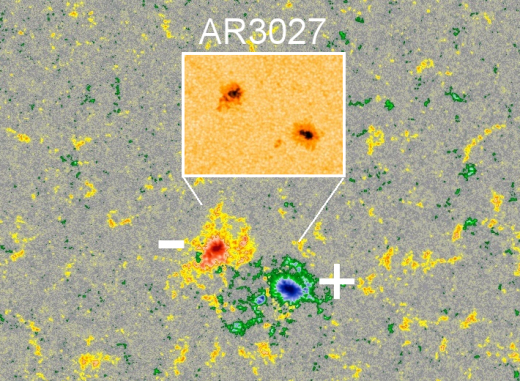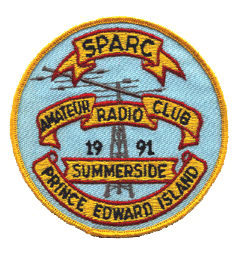WEAK CME IMPACT PREDICTED: Yesterday, a magnetic filament on the sun erupted (movie), hurling a faint CME into space. NOAA forecasters say it could hit Earth’s magnetic field on June 5th or 6th. Even weak CME strikes can cause geomagnetic storms, so there is a chance of minor G1-class storms when the CME arrives.
NOAA STI
:Product: Geophysical Alert Message wwv.txt
:Issued: 2022 Jun 02 0610 UTC
# Prepared by the US Dept. of Commerce, NOAA, Space Weather Prediction Center
#
# Geophysical Alert Message
#
Solar-terrestrial indices for 01 June follow.
Solar flux 104 and estimated planetary A-index 6.
The estimated planetary K-index at 0600 UTC on 02 June was 1.
No space weather storms were observed for the past 24 hours.
No space weather storms are predicted for the next 24 hours.
NOAA Alerts
Space Weather Message Code: ALTEF3
Serial Number: 3241
Issue Time: 2022 Jun 02 0459 UTC
CONTINUED ALERT: Electron 2MeV Integral Flux exceeded 1000pfu
Continuation of Serial Number: 3240
Begin Time: 2022 May 30 0135 UTC
Yesterday Maximum 2MeV Flux: 6866 pfu
NOAA Space Weather Scale descriptions can be found at
www.swpc.noaa.gov/noaa-scales-explanation
Potential Impacts: Satellite systems may experience significant charging resulting in increased risk to satellite systems.
REVERSED POLARITY SUNSPOT: A new and unusual sunspot emerged in the sun’s southern hemisphere yesterday: AR3027. It is a reversed polarity sunspot. In other words, its magnetic field is backwards.

Above: A magnetic map of the sun’s surface from NASA’s Solar Dynamics Observatory.
According to Hale’s Law, Solar Cycle 25 sunspots in the sun’s southern hemisphere should have a +/- polarity. That’s positive on the left, negative on the right. However, the magnetogram above shows the opposite. Sunspot AR3027 is breaking the law!
Studies show that about 3% of all sunspots violate Hale’s Law. In some ways, reversed polarity sunspots act totally normal. For instance, they have the same lfespan and tend to be about the same size as normal sunspots.
In one key way they are different: According to a 1982 survey by Frances Tang of the Big Bear Solar Observatory, reversed polarity sunspots are more than twice as likely to develop complex magnetic fields, in which + and – are mixed together. Reversed polarity sunspots are therefore more likely to explode.
AR3027 could become a source of flares in the days ahead. Stay tuned!
